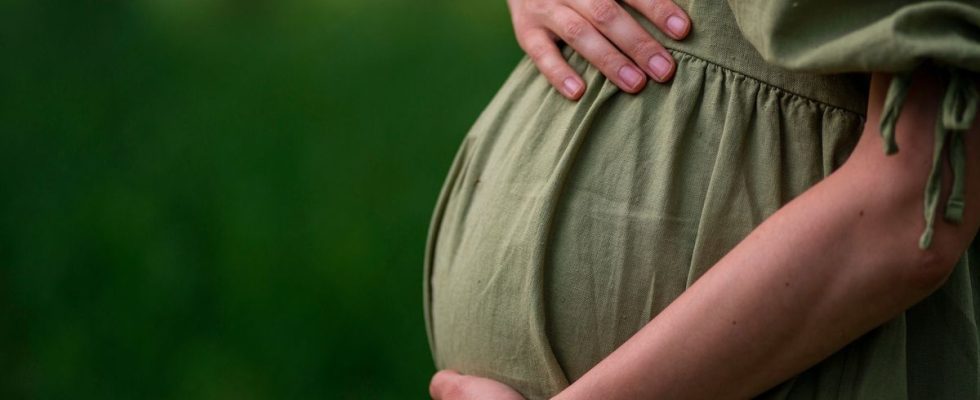Published on
Updated
Reading 2 min.
In the United States, a young woman must give birth to two little girls on Christmas Day. A classic twin birth? Not really. Because this mother has two uteruses, and each of the babies lives in one of them. An extremely rare situation.
This is a very unusual situation that is playing out right now in the United States, for a mother-to-be. Kelsey Hatcher, a 32-year-old woman from Alabama, is expecting two little girls due on Christmas Day. But if her pregnancy is closely monitored, it is because it is rare: Kelsey was born with two uteruses, and exceptionally: each of her little girls develops in one of them.
Having two uteruses, an anomaly that affects 2% of women
Kelsey Hatcher thus has two uteruses, which we call didelphic uterus (formerly bicornuate uterus), a rare malformation of the uterus which however affects 2% of women. Anatomically, the didelphus uterus is in double form, therefore two uteri.
The anomaly originates during fetal development: when the female genital tract is still in the form of tubes called Müllerian ducts. These must then fuse to form the uterus, cervix and vagina. It happens that fusion does not take place well, the uterus then retains a double shape and the woman will also sometimes have two vaginas. The didelphous uterus is usually identified through an ultrasound or x-ray of the uterus (hysterography), but can go unnoticed for years.
The American mother had known about her condition since she was 17. But had since been able to carry three pregnancies… with only one baby.
Kelsey Hatcher learned she had a double uterus at 17. With each of her three previous pregnancies, she had a single baby carried in one uterus.
This time around, things are a little different: She’s expecting two babies — one in each uterus.
Read more: https://t.co/TNh97fZCTS pic.twitter.com/F1bSx6H18h
— ABC News (@ABC) November 14, 2023
Experiencing two pregnancies in two uteruses is even rarer
Being born with two uteruses is already a rare gynecological situation. But carrying two simultaneous pregnancies in these two uteruses almost never happens. According to Dr. Richard Davis, the mother’s doctor, this pregnancy would be “very, very rare”. The chances of carrying a baby in each uterus at the same time are approximately “1 in a million”explained the obstetrician to ABCNews.
This is why Kelzy Hatcher is being monitored very closely today: her pregnancy is considered high risk. And if the little girls are developing completely normally and are expected on December 25, the birth could also be surprising. The mother should be able to give birth vaginally to her two children, but the uteruses could contract at different times and this rhythm could thus result in two deliveries several hours or days apart. The young mother’s doctors expected it but by their admission: “There is no real expert who knows how to manage a patient with two uteruses and two babies, with one in each uterus.”. The surprise is thus part of the game.
Kelsey Hatcher, her husband and their three children aged 7, 4 and 2 are hoping to have a double Christmas present, without too many complications.
